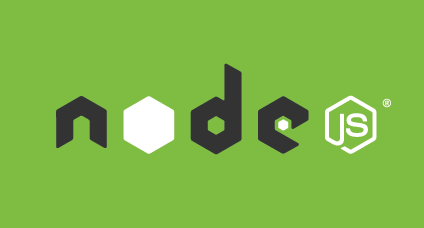
Node.js for Rails developers, Part 1 (Choosing a Stack)
Published: 2016-04-09
By: MJ Rossetti

Published: 2016-04-09
By: MJ Rossetti
This post is part of a series for Rails developers who want to get started with Node.js. The goal of this post is to introduce popular Node technologies and provide Rails-friendly recommendations.
The MEAN Stack is one of today’s popular technology stacks for web development.
If you’re a Rails developer, you may have never used any of these technologies before. Instead of trying to learn them all at once, you can learn on a modified stack which plays to your strengths. This strategy will decrease your upfront learning efforts and help you build confidence as your understanding grows. After you learn the basics, you can then circle-back to learn the other technologies.
So, which MEAN Stack technologies should you learn now, and which can you delay until later?
Let’s assume your main objective is to gain familiarity with Node, so you wouldn’t skip that. Plus, other parts of the stack, like Express are a part of the Node ecosystem. Using Node means JavaScript replaces Ruby as the main programming language in this stack.
Express is an indispensable part of the stack, as it handles the web server and application logic. Rails developers can think of Express as an application framework like Rails.
So far we’re committed to learning Node and Express. But we have more flexibility in the areas of the datastore and the front-end framework.
For the datastore, there are two basic options: MongoDB or a relational database. Most Rails developers should be familiar with open source relational databases like MySQL and PostgreSQL. Because its easy enough to learn MongoDB, this series will cover both MongoDB and PostgreSQL.
For the front-end framework, unless you’re already familiar with Angular, let’s forget about it for now. Instead, we can use the EJS template engine to create basic views. EJS is almost nearly identical to ERB, the default template engine in Rails, so Rails developers should feel right at home.
Enough discussion. let’s get started with Node and Express.